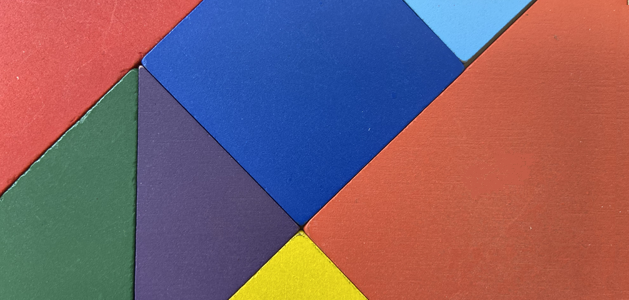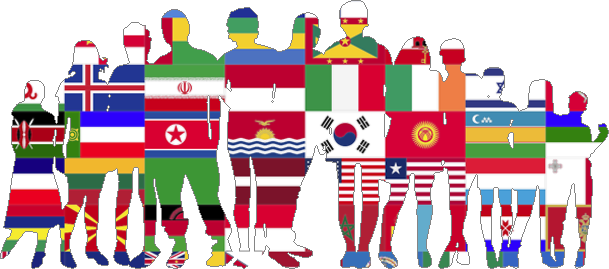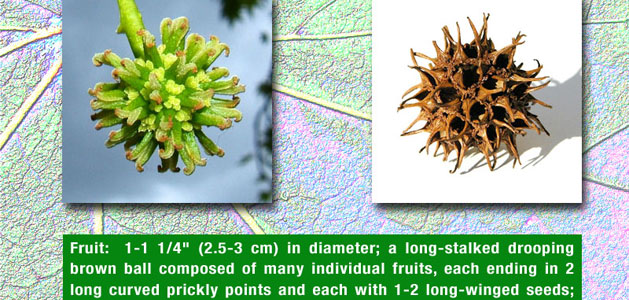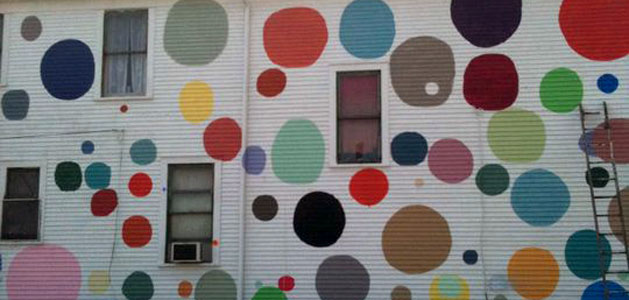Plan a Class Party
Students practice math skills, organization, and teamwork as they work as a class to plan and deliver a class party.
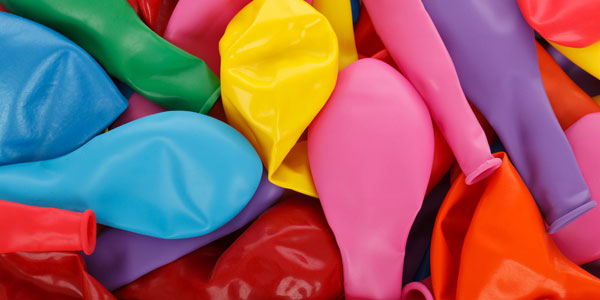
Task
You have probably had a birthday party and your class may have also celebrated events like Halloween, Thanksgiving, or Valentine's Day. Now it is time for you to design the party yourself.
Choose an event, like the last day of school or the end of a big project and design a celebration for your classroom.
Engage
While we often think parties are frivolous, celebrations are those moments of joy when we commemorate something we are proud of and love. Celebrations remind us of the unique things in our lives which we appreciate and value which inevitably sparks gratitude.
Planning a party not only builds powerful skills like communication, organization, and teamwork, it provides a real world context for students to practice important math skills like counting and addition.
Kick off this lesson by asking your students to remember and share celebrations they have experienced, such as birthday parties or family get togethers like Thanksgiving. If you need to kick start their ideas, ask them questions using the 5 senses.
- What do they see?
- What do they hear?
- What do they taste?
Some students will focus on their birthday party and gifts they have received, so be sure to ask students if they enjoy going to family celebrations or other student’s birthday parties too. Why is it enjoyable? What makes it fun to attend a celebration?
Collect student ideas in a list on your white board or on strips of paper. You may also have individual students share their ideas using a cluster diagram.
Create a Graphic Organizer
Need a thought web, timeline, flowchart, or other graphic organizer for a lesson?
CreateWork as a class to sort the ideas into bigger categories. What makes some of the items similar? This is an exercise in listening and thinking so remind them there are no “right” answers.
You might also prompt students to identify what must be at a party. Again there isn't a right answer. You want students to identify that there are many different ways to celebrate and express gratitude and joy. This will help let students know that while they can't get or do everything each student wants, they can still design and have a fun and enjoyable event.
Create
Let students know that they will be planning a party for the class. Give them a context, such as a holiday celebration or an end-of-the year class party or let them decide what they think the class should celebrate. Students might choose to celebrate a new student, or the fact that you have learned every letter of the alphabet, or that spring has arrived with robins and crocuses.
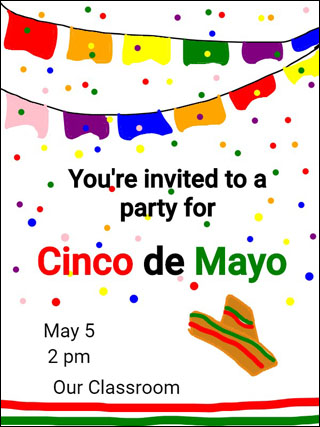
Once you have chosen the reason for the party it is time to plan and design all of the details. Depending on the age of your students, you may want to discuss and plan as a class or establish small groups to organize details like decorations, food, and activities.
Look back at the topical groupings your students developed as they identified what they already know about celebrations. Can you use their groupings to plan the party? The more we empower students to think, plan, and organize themselves, the more skills they learn.
You can use this planning time to specifically address standards and learning goals. Party planning can involve math skills like counting, cardinality, one-to-one correspondence, addition, and measurement as students determine how many people are attending, how many cupcakes or strawberries are needed, how and how long the party will last.
In Social Studies, you can work as a class to answer questions like:
- What symbolizes the event we are celebrating?
- What cultural elements should be involved?
- How can we make it fair? (Eg. one balloon for each person)
It is also helpful to have students communicate their ideas before you agree to put them into action. If students have worked in small teams, have each team verbally share their "proposal" with the rest of the class. If you have worked as a class, write a letter to the principal proposing your party or invite them to the class so students can share their ideas verbally.
Share
Create an invitation to remind classmates, and parents, of the event. If parents attending or contributing materials, work as a class to write a letter asking for "donations" like balloons, plates, and food.
Put students in charge the day of the party as well. For example, students who love art will probably love putting up decorations. You could also put students who could use additional practice counting in charge of putting plates and cups out for each person attending.
Talk to the class about the role, or roles, of the party host. While you might give students specific roles like greeter, be sure to focus on enjoying the party, not working. If you want to include this role, task each student with small roles, like greeting at least one non-family guest or cleaning up a single piece of trash.
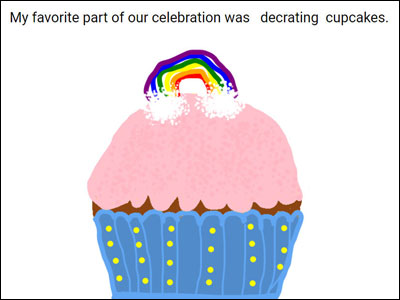
When the party is over, keep students talking. Have a class discussion to share all of the little things that made the celebration memorable. Use a tool like Wixie to retell and capture student's memories.
Assessment
Use this peformance-based assessment in Kindergarten to evaluate math skills like counting, and one-to-one correspondence. In first and second grade you can evaluate skip counting and basic computation. This project also lends itself to building 21st century skills like communication, creativity, and collaboration.
Work together to create a checklist for the party. While the party itself is the celebration of the student's collective efforts, refer back to your checklist to help students see that the work they did to plan and execute their plan was a big part of what made it successful.
Resources
Kate DePalma. Let's Celebrate!: Special Days Around the World. ISBN: 1782858342
Katy Halford. Celebrations Around the World. ISBN: 146548390X
Tinkergarten: Why Celebrations are Important for Kids
Standards
Common Core State Standards for Mathematics
CCSS.MATH.CONTENT.K.CC.A.3
Write numbers from 0 to 20. Represent a number of objects with a written numeral 0-20 (with 0 representing a count of no objects).
CCSS.MATH.CONTENT.K.CC.B.4
Understand the relationship between numbers and quantities; connect counting to cardinality.
CCSS.MATH.CONTENT.K.OA.A.1
Represent addition and subtraction with objects, fingers, mental images, drawings1, sounds (e.g., claps), acting out situations, verbal explanations, expressions, or equations.
CCSS.MATH.CONTENT.K.NBT.A.1
Compose and decompose numbers from 11 to 19 into ten ones and some further ones...
CCSS.MATH.CONTENT.1.OA.C.6
Add and subtract within 20, demonstrating fluency for addition and subtraction within 10....
CCSS.MATH.CONTENT.1.NBT.C.4
Add within 100, including adding a two-digit number and a one-digit number...Understand that in adding two-digit numbers, one adds tens and tens, ones and ones; and sometimes it is necessary to compose a ten.
CCSS.MATH.CONTENT.1.MD.B.3
Tell and write time in hours and half-hours using analog and digital clocks.
CCSS.MATH.CONTENT.2.OA.B.2
Fluently add and subtract within 20 using mental strategies.
CCSS.MATH.CONTENT.2.NBT.B.5
Fluently add and subtract within 100 using strategies based on place value, properties of operations, and/or the relationship between addition and subtraction.
CCSS.MATH.CONTENT.2.MD.C.7
Tell and write time from analog and digital clocks to the nearest five minutes, using a.m. and p.m.
CCSS.MATH.CONTENT.2.MD.C.8
Solve word problems involving dollar bills, quarters, dimes, nickels, and pennies, using $ and � symbols appropriately.
CCSS.MATH.CONTENT.2.MD.D.10
Draw a picture graph and a bar graph (with single-unit scale) to represent a data set with up to four categories.
ISTE NETS for Students 2016:
3. Knowledge Constructor
Students critically curate a variety of resources using digital tools to construct knowledge, produce creative artifacts and make meaningful learning experiences for themselves and others. Students:
a. plan and employ effective research strategies to locate information and other resources for their intellectual or creative pursuits.
b. evaluate the accuracy, perspective, credibility and relevance of information, media, data or other resources.
6. Creative Communicator
Students communicate clearly and express themselves creatively for a variety of purposes using the platforms, tools, styles, formats and digital media appropriate to their goals. Students:
a. choose the appropriate platforms and tools for meeting the desired objectives of their creation or communication.
b. create original works or responsibly repurpose or remix digital resources into new creations.
d. publish or present content that customizes the message and medium for their intended audiences.




